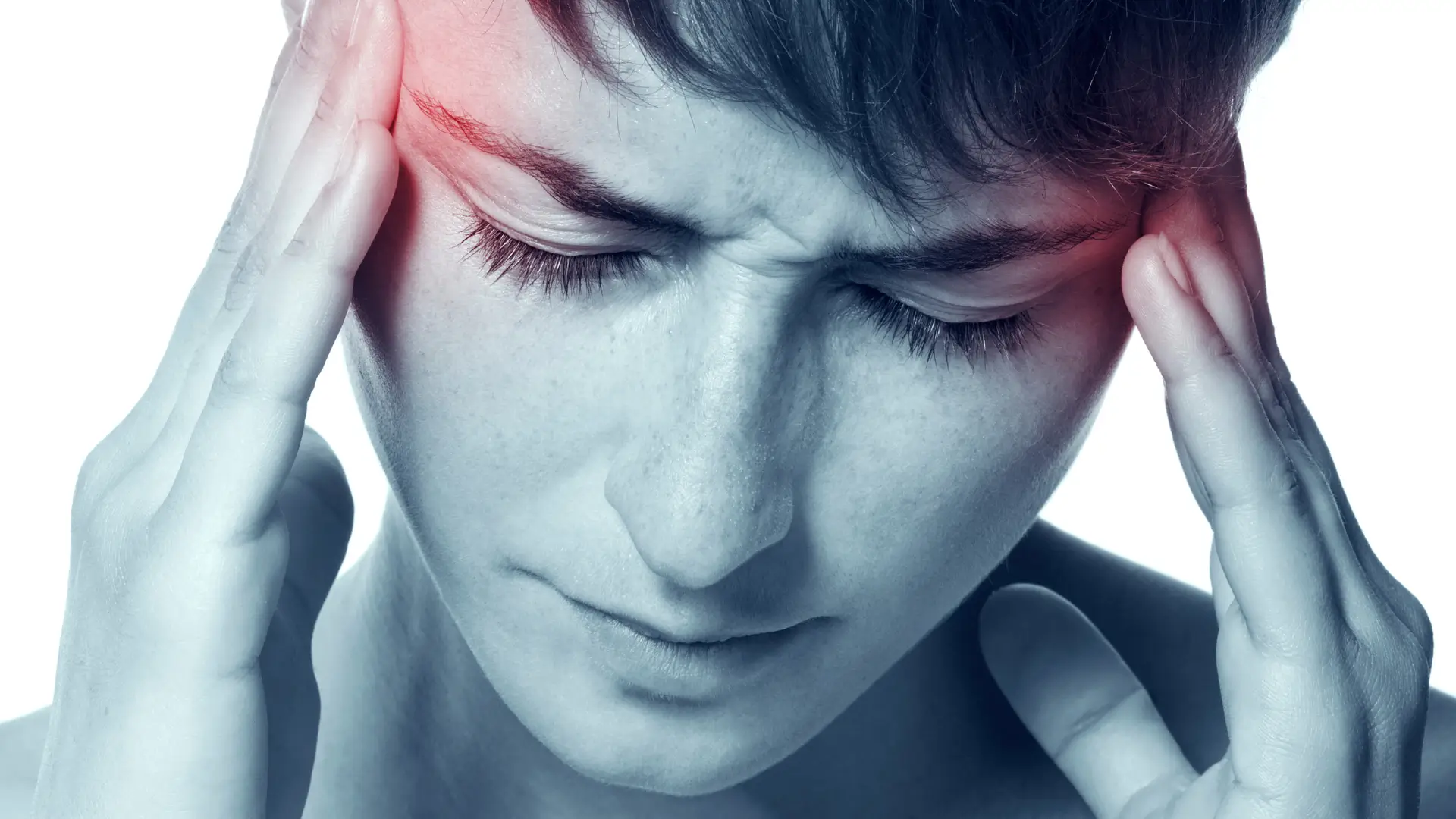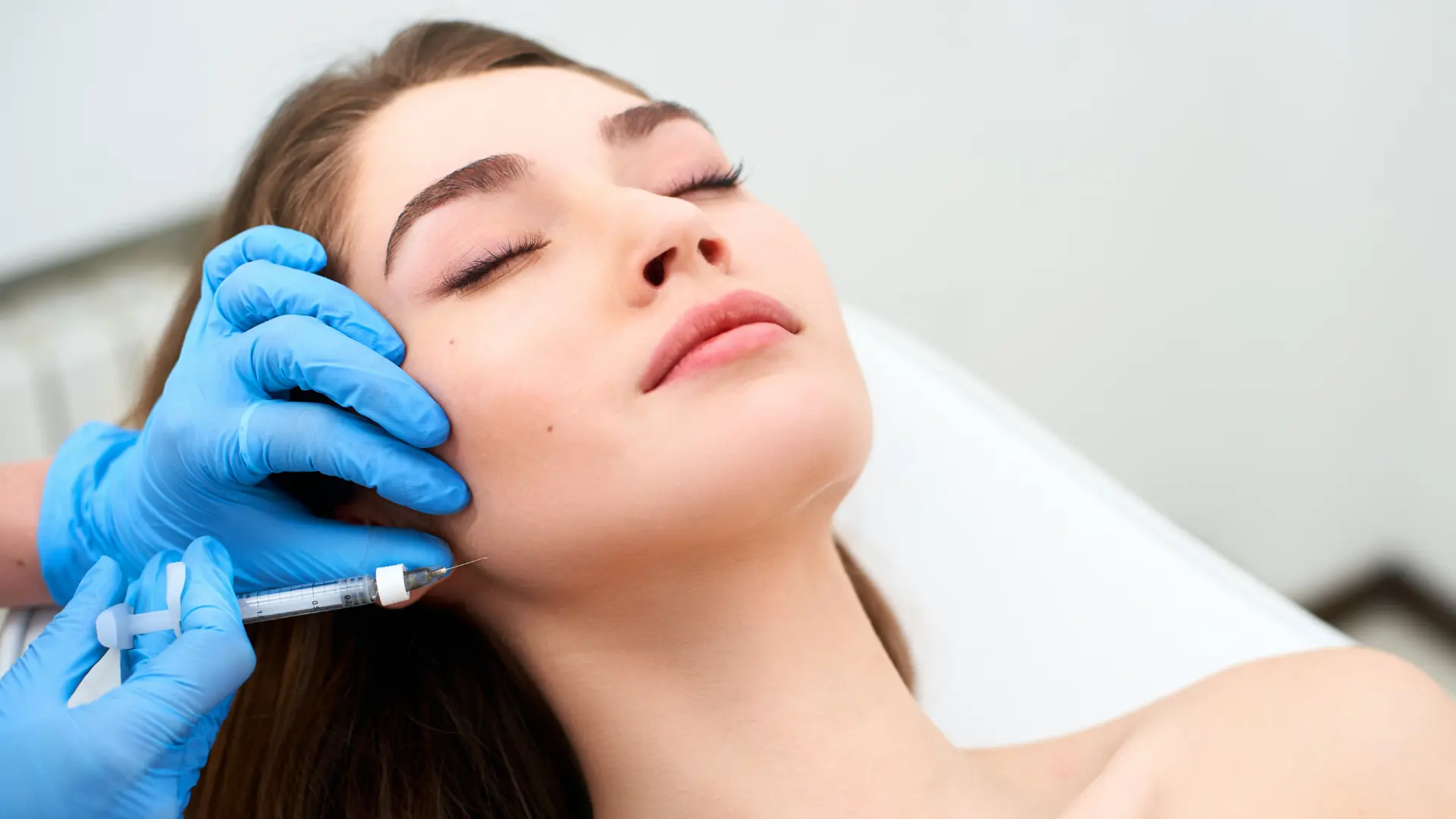Migraines affect millions of people worldwide, causing debilitating pain, sensitivity to light, and nausea. According to the World Health Organization, migraines are the third most common disease globally, with an estimated 1 in 7 adults experiencing these intense headaches.
Dysport, a neurotoxin similar to Botox, has gained attention as a potential solution for migraine relief. Initially used for cosmetic purposes, Dysport has shown promise in reducing the frequency and severity of migraines. By targeting specific muscles, it helps relax tension and alleviate pain.
In this article, we will delve into Dysport injections, the proper dosing regimen, and patient selection for injection therapy when using this neurotoxin to address migraines.
Key Takeaways
- Migraines significantly impact the patient’s quality of life, interfering with daily activities.
- Dysport inhibits the release of acetylcholine neurotransmitters, blocking the nerve signals from reaching specific muscles and temporarily preventing muscle activity or movement.
- Healthcare providers can determine the needed Dysport dosing and injection sites for optimal therapeutic outcomes for migraine attacks.
- Consulting your trusted medical professionals can help individuals determine if they are suitable candidates for Dysport migraine therapy through several factors, like medical history and condition severity.
- Dysport is undergoing a clinical trial to evaluate its safety and effectiveness in preventing adult chronic migraines.
- It’s worth noting that without the US FDA’s approval, Dysport remains an off-label use for medical professionals.
About: Medica Depot is your trusted all-in-one supplier, offering a range of high-quality medical injectables and supplies. If you’re looking to order Dysport online, our dedicated sales agents can give you proper guidance. We offer a worry-free experience in searching for the best and most popular products on the market. Whether for health professionals, plastic surgeons, dermatologists, licensed estheticians, or other specialists, we can offer genuine, brand-name products you may need. With Medica Depot, we prioritize serving you better to improve the patient’s quality of life.
Understanding Migraines and Their Pathophysiology

Migraine is usually self-diagnosable and often characterized by severe throbbing pain, typically on one side of the head. It’s not a typical headache but a neurobiological disorder that causes pain and symptoms such as nausea and sensitivity to light and sound.
The pathophysiology of migraines is complex and involves a series of neuronal and vascular changes due to primary neuronal dysfunction. According to the American Headache Society, migraines should be regarded as neurovascular headaches. Moreover, its pathophysiology includes:
- Neuroanatomical correlates of the migraine attack
- Vulnerability to migraine
- Triggering migraine
- Migraine aura
- Migraine pain
A migraine attack also has clinical phases, which include Vulnerability, Attack Initiation, Prodrome, Aura, Headache, and Postdrome. Unfortunately, migraines significantly impact the patient’s quality of life, interfering with daily activities. The unpredictability of migraine attacks can cause considerable stress and anxiety, slowing down the patients’ routine.
Dysport Injections
Dysport is a prescription injection that temporarily improves moderate to severe frown lines between the eyebrows. It smooths out wrinkles caused by repeated muscle contractions. While it has no other indications, Dysport around the eyes, eyebrow lift, and migraine are some of its off-label uses.
This injection is under neuromodulation, as Dysport inhibits the release of acetylcholine neurotransmitters, blocking the nerve signals from reaching specific muscles. This mechanism of action temporarily prevents muscle activity or movement that causes frown lines and other conditions.
While specific information on how Dysport alleviates migraine symptoms is limited, a study evaluates the effectiveness of the injection for chronic migraine in adults. The study aims to determine if Dysport can help prevent chronic migraines by stopping the chemical messengers from reaching the muscles.
Dysport and headaches require further studies and research to establish clinically solid evidence supporting its use for the condition. However, a clinical trial started in April 2024 to assess the safety and efficacy of Dysport for addressing chronic migraine. The results may be available approximately after 14 months.
It’s worth noting that Dysport for treating headaches has yet to receive the US Food and Drug Administration (FDA) approval, but some healthcare professionals may use it off-label. The only neuromodulator injection that received the US FDA’s approval is Botox.
Dosing Guidelines and Injection Sites for Dysport Migraine Therapy

Healthcare providers can determine the needed Dysport dosing and injection sites for optimal therapeutic outcomes for migraine attacks. According to Dysport, its dosing differs from that of other neuromodulator injections, such as Botox.
It’s improbable to compare the required dosing of other injections for migraines to Dysport. Additionally, no available information online has shown a possible Dysport dosing for migraines. Each Dysport supply has 300 or 500 units of lyophilized powder in a single-dose vial.
Moreover, the typical Dysport dosing requires 50 units divided into five equal aliquots of 10 units each for the glabella lines. The ongoing clinical trial showed that participants will receive Dysport injections into various muscles across the head, face, neck, and shoulders. Providers can determine the exact location based on the patient’s condition and needs.
The trial also showed that patients received Dysport injections on day 1 and week 12 of the first treatment phase. This suggests that the frequency of Dysport injections for migraine management is 12 weeks. However, this may still vary depending on individual patient needs and the severity of the condition.
According to Chankrachang et al. (2010), the 240-unit Dysport dosing significantly improved the total intensity score and headache duration during the initial 4-week period post-injection. This finding suggests that with further trials and refined outcome measures, Dysport could potentially offer a significant benefit for migraine sufferers.
Patient Selection Criteria and Treatment Response

The limited resources about Dysport and headaches make it difficult to have a definite answer for patient selection criteria and treatment response. Consulting your trusted medical professionals can help individuals determine if they are suitable candidates for Dysport migraine therapy through several factors.
- Medical History
- Severity of Migraine Condition
- Response to Previous Treatments
- Current Medication
Several aspects also influence patient response to Dysport treatment, including age, body size, use of other drugs and supplements, food consumption, and presence of diseases. It’s also important to note that particular patient conditions should avoid Dysport to ensure a safe treatment.
- Do not inject into patients with hypersensitivity to any botulinum toxin product or excipients, or cow’s milk protein.
- Do not administer to patients with infection at the proposed injection site(s).
- Dysport has no specific safety profile for pregnant women, breastfeeding women, and children under 18.
For non-responders to Dysport and headaches, it’s essential to review the proper injection and administration techniques based on the prescribing information. In the case of immunoresistance, medical professionals may recommend alternative therapies for individuals, such as botulinum toxin-B or deep brain stimulation.
Integrating Dysport into Comprehensive Headache Management Strategies
Dysport is undergoing a clinical trial to evaluate its safety and effectiveness in preventing adult chronic migraines. With its efficacy in blocking neurotransmitters and smoothing out frown lines, it can potentially deliver sufficient relief for migraine patients after further research and studies.
For off-label use, providers may recommend combining Dysport with other treatment methods like manual therapy, neck muscle exercises, and therapeutic pain neuroscience education for optimal and sustained outcomes. These combination modalities require a patient-centric approach due to the individual’s needs.
The medical field has yet to prove the long-term use and considerations of Dysport and headaches therapy. However, like other medications and therapies, regular monitoring and follow-up visits are essential for providers to assess the patient’s progress, treatment response, and potential repeat treatment.
Conclusion
Dysport offers a promising approach to migraine treatment, with an ongoing clinical trial evaluating its safety and efficacy. Understanding migraine’s pathophysiology can help in determining the severity of its condition, and learning about Dysport’s mechanism of action can show how it can potentially alleviate migraine symptoms.
Medical treatment’s success relies on appropriate Dysport dosing, proper injection sites and administration, and meticulous patient selection. Integrating Dysport into combination methods could enhance its effectiveness. However, it’s worth noting that Dysport remains an off-label use for medical professionals without the US FDA’s approval.
FAQs
1. What is Dysport, and how does it work for migraines?
Dysport is a prescription injection that improves moderate to severe frown lines between the eyebrows. This injection inhibits the release of acetylcholine neurotransmitters, blocking the nerve signals from reaching specific muscles and temporarily preventing muscle activity or movement that causes frown lines, migraines, or headaches.
2. Is Dysport FDA-approved for migraine treatment, and what are the dosing guidelines?
Dysport is not yet FDA-approved for migraine treatment, but healthcare providers may use it as an off-label for migraines. Dysport’s dosing differs from other neuromodulator injections, such as Botox. There is no available information online that shows a possible Dysport dosing for migraines.
3. How does a patient determine if they are a suitable candidate for Dysport migraine therapy?
Patients must seek medical professionals’ guidance to ensure a safe and effective treatment for their frown lines, eyebrow lifts, or migraine concerns. Consulting trusted medical professionals can help individuals determine if they are suitable candidates for Dysport migraine therapy through several factors, like medical history and condition severity.
References
- World Health Organization: WHO. Migraine and other headache disorders. Published March 6, 2024. https://www.who.int/news-room/fact-sheets/detail/headache-disorders
- A study to evaluate the effectiveness and safety of Dysport® for the prevention of chronic migraine in adults. (2024, April 24). Ipsen Pharma. https://www.ipsen.com/clinical_trial/a-study-to-evaluate-the-effectiveness-and-safety-of-dysport-for-the-prevention-of-chronic-migraine-in-adults/









